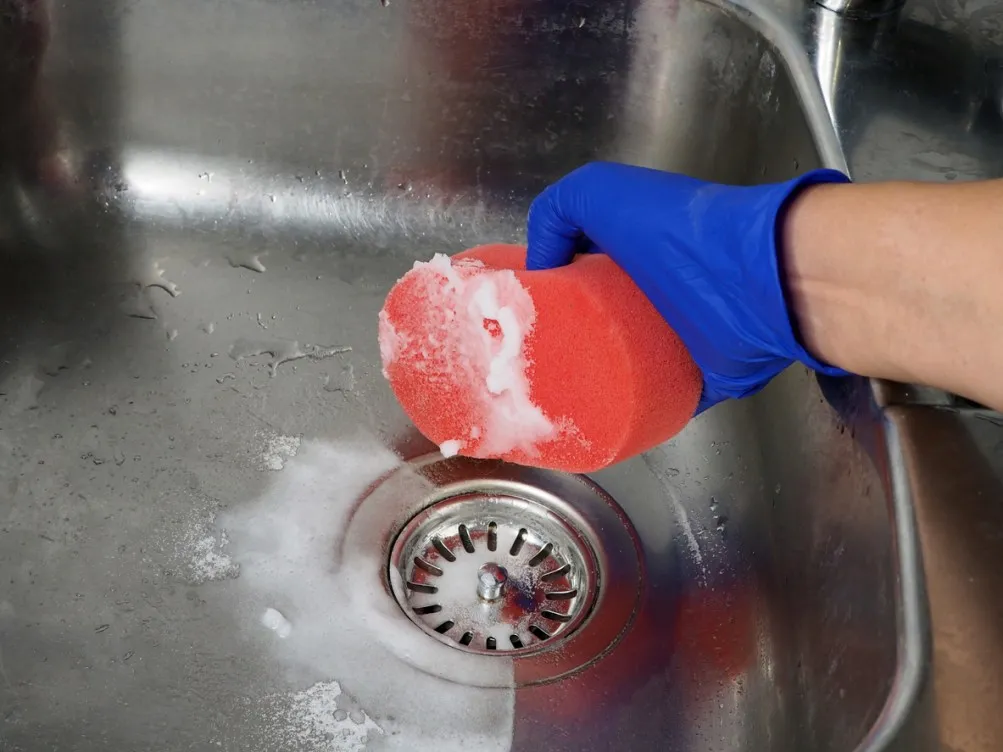Understanding Diecast Metal and Its Care
Diecast metal collectibles are prized possessions for many, representing miniature replicas of vehicles, aircraft, and other objects. These models often hold significant sentimental and monetary value, making their proper care crucial. Understanding the composition of diecast metal and the factors that can affect its condition is the first step in maintaining its beauty and value. This guide offers a comprehensive approach to cleaning and preserving your collection, ensuring your models remain in excellent condition for years to come. The methods provided here are designed to be safe and effective, allowing you to enjoy your collection without the worry of damage.
What is Diecast Metal
Diecast metal typically refers to models made using a die-casting process. This involves injecting molten metal, often a zinc alloy (sometimes with traces of aluminum, magnesium, or copper), into a mold under high pressure. This process allows for intricate detail and precise replication of the original object. The zinc alloy is chosen for its relatively low melting point and ability to reproduce fine details. However, this material is also susceptible to certain environmental factors that can lead to damage if not properly cared for. The specific composition can vary, but the underlying principles of care remain consistent across different diecast metal models.
Why Cleaning Diecast Metal is Important
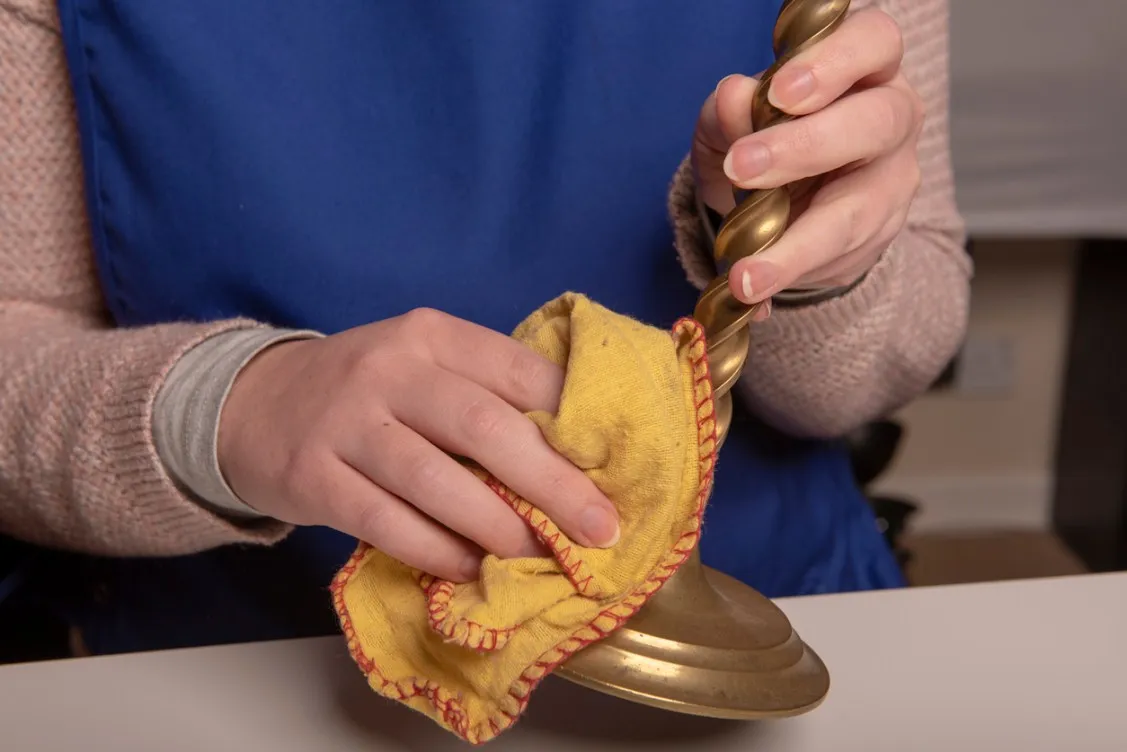
Cleaning diecast metal is essential for several reasons. Firstly, it removes dust, dirt, and grime that can accumulate over time, leading to a dull appearance and potentially damaging the paint and decals. Secondly, regular cleaning helps prevent the onset of corrosion and rust, which can severely degrade the metal. Thirdly, cleaning allows you to inspect your models for any signs of damage or wear, enabling you to address issues promptly. Finally, maintaining the cleanliness of your collection contributes to its overall aesthetic appeal and preservation of value. A well-maintained collection is a joy to behold and a testament to careful ownership.
Common Problems Affecting Diecast Metal
Several factors can negatively impact diecast metal models. Dust and dirt are common culprits, as they can scratch the surface and trap moisture. Humidity and exposure to moisture can lead to rust and corrosion, particularly in areas where the paint has been chipped or damaged. Changes in temperature and humidity can cause paint to crack or peel. Direct sunlight can fade the colors and degrade the paint. Improper storage and handling can lead to scratches, dents, and other physical damage. Understanding these potential problems will help you take the necessary precautions to protect your valuable collection. The image should be of a diecast model showing some rust.
Step-by-Step Guide to Cleaning Diecast Metal
Cleaning diecast metal may seem daunting, but it is a manageable process when approached systematically. This step-by-step guide provides all the information needed to keep your models in pristine condition. Remember to always test any cleaning agent on a small, inconspicuous area of the model first to ensure it does not cause damage. Patience and attention to detail are key to achieving the best results. This process should be tailored to the condition of each model, from light dusting to more extensive cleaning and restoration efforts. Remember that this process must be slow to avoid any damage.
Gathering Your Supplies
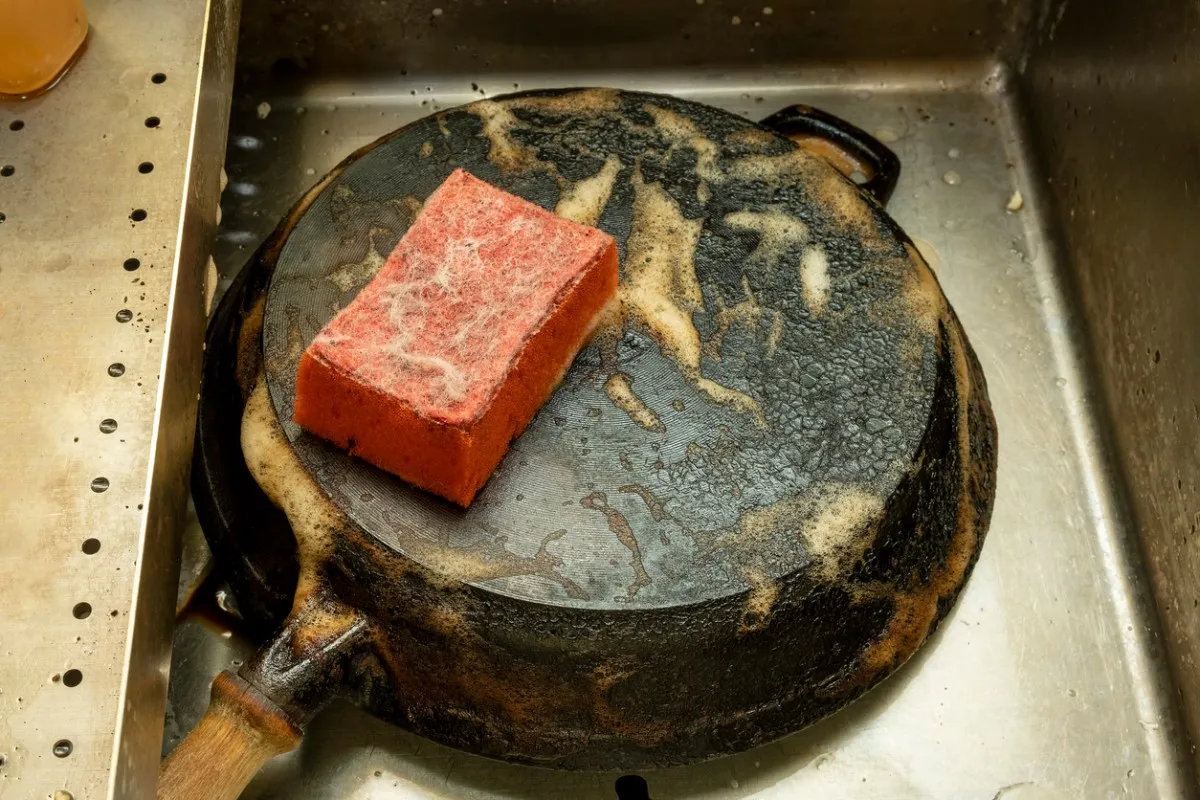
The right tools and cleaning agents are essential for effectively cleaning your diecast metal models. You will need a soft, clean cloth, such as microfiber cloths, which are excellent for gentle cleaning and dusting without scratching the surface. Mild soap or a specialized model cleaner is needed, but never use harsh chemicals, abrasives, or solvents, as they can damage the paint and metal. Distilled water is preferable to tap water to avoid mineral deposits. Cotton swabs and soft-bristled brushes can be used for detail cleaning in hard-to-reach areas. A wax or polish designed for model cars can also be used. The image should be of cleaning supplies.
Preparing the Diecast Metal
Before you begin the cleaning process, properly prepare the diecast metal. First, inspect the model for any existing damage, such as scratches, rust, or paint chips. This will help you determine the appropriate cleaning method and any necessary repairs. Gently dust the model with a soft brush or cloth to remove loose dirt and debris. If the model is particularly dirty, you may need to remove the dust carefully with compressed air before proceeding. Take any removable parts and set aside before cleaning the whole piece. This initial preparation helps to prevent scratching and ensures a more effective cleaning process. Careful initial steps are key.
The Cleaning Process
Start by gently wiping the model with a slightly damp microfiber cloth, dipped in water. Use a mild soap solution if necessary. Avoid soaking the model, as excessive moisture can damage the paint and decals. For stubborn dirt or grime, use cotton swabs dipped in the cleaning solution to clean crevices and detailed areas. Work methodically, cleaning one section at a time to ensure you don’t miss any spots. Rinse the cloth frequently in clean water to prevent spreading dirt. Always test the cleaning solution in an inconspicuous area before cleaning the entire model. Careful cleaning is key.
Drying and Protecting Your Models
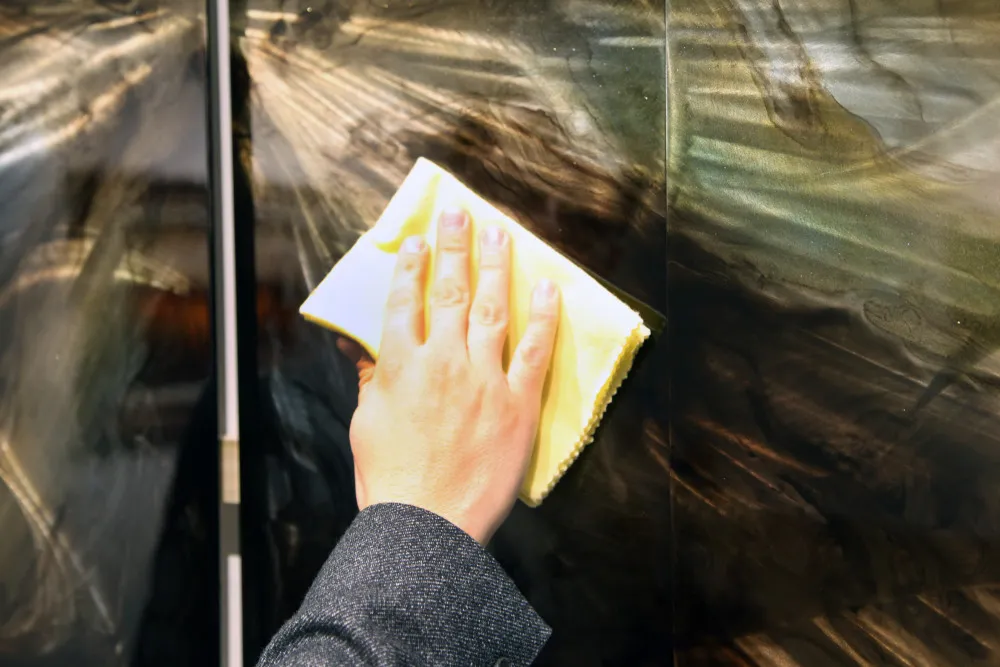
After cleaning, thoroughly dry the model with a clean, dry microfiber cloth. Ensure that all moisture is removed, especially from crevices and hard-to-reach areas, to prevent rust or corrosion. Once the model is completely dry, you can apply a wax or polish designed for model cars to protect the paint and enhance its shine. Apply the wax sparingly with a soft cloth, then buff to a brilliant finish. This added layer of protection helps to repel dust, dirt, and moisture, preserving your model’s appearance and value. Make sure the image shows the model in good condition.
Advanced Cleaning Techniques
For more challenging cleaning tasks, such as removing rust or polishing the metal, advanced techniques may be necessary. Remember to exercise caution and test any new methods on a small area before applying them to the entire model. These advanced methods should be undertaken with care, as they have the potential to cause damage if not done correctly. It is always best to consult with an expert when in doubt. The image should show a model that is being polished.
Dealing with Rust and Corrosion
Rust and corrosion can be a significant problem for diecast metal models. If you discover rust, carefully assess its severity. Light surface rust can often be removed with a specialized rust remover or a mild abrasive, such as fine steel wool. Apply the remover or abrasive gently, and always test it in an inconspicuous area first. For more severe rust, you may need to disassemble the model and soak the affected parts in a rust-removing solution. After removing the rust, neutralize the area with baking soda solution, rinse thoroughly, and dry. Then, protect the area with a sealant or clear coat to prevent future corrosion. The image should show a diecast model with rust.
Polishing for a Shiny Finish
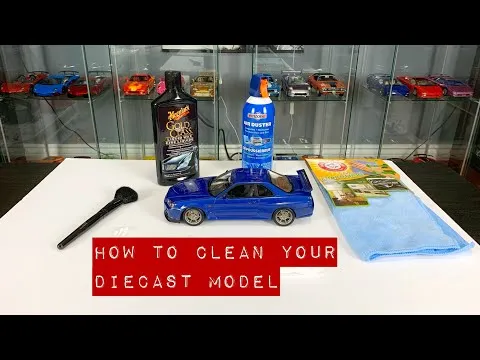
Polishing can restore the shine and luster of your diecast metal models. Use a polishing compound specifically designed for metal models and follow the manufacturer’s instructions. Apply a small amount of compound to a soft cloth and gently rub it onto the metal surface in a circular motion. Buff the surface with a clean cloth to remove any residue and reveal the polished finish. Be careful not to apply excessive pressure, as this could damage the paint or decals. The image should show a model being polished.
Storage and Preservation Tips
Proper storage and preservation are essential for protecting your diecast metal models from damage and deterioration. This includes selecting the right storage environment and taking steps to protect them from dust, sunlight, and other potential hazards. The image should show an example of a collection of diecast metal models, properly stored.
Best Practices for Storage
Store your diecast metal models in a cool, dry, and well-ventilated area, away from direct sunlight and extreme temperatures. Consider using display cases or cabinets to protect your models from dust, dirt, and accidental damage. If you don’t have display cases, store models in individual boxes or containers. Make sure the storage area is free of moisture, which can accelerate corrosion. Avoid storing models in attics or basements, where temperature and humidity fluctuations can be extreme. Ensure the image focuses on good storage solutions.
Protecting from Dust and Sunlight
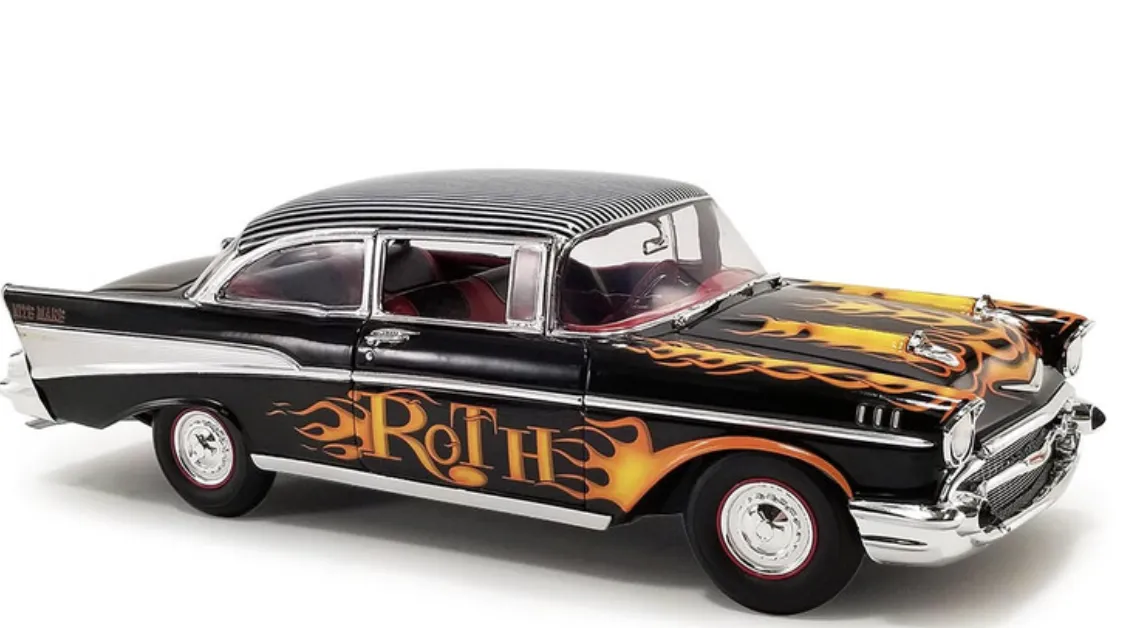
Dust can accumulate on your models, dulling their appearance and potentially scratching the surface. Regularly dust your models with a soft cloth or brush. Consider using a display case with a cover to minimize dust accumulation. Direct sunlight can fade the paint and degrade the decals. Keep your models away from direct sunlight or use UV-protective display cases. These precautions will help to preserve your models’ appearance and value for years to come. The image should show some models and some in a cabinet.
Conclusion
Cleaning and preserving your diecast metal collectibles is a rewarding endeavor that will allow you to enjoy your collection for many years. By understanding the materials, using the right tools and techniques, and practicing good storage habits, you can protect your models from damage and deterioration. Remember to always handle your models with care, and take the time to inspect and clean them regularly. With proper care, your diecast metal collection will remain a source of pride and enjoyment. Following this guide, you can ensure that your valuable collection remains in excellent condition.
